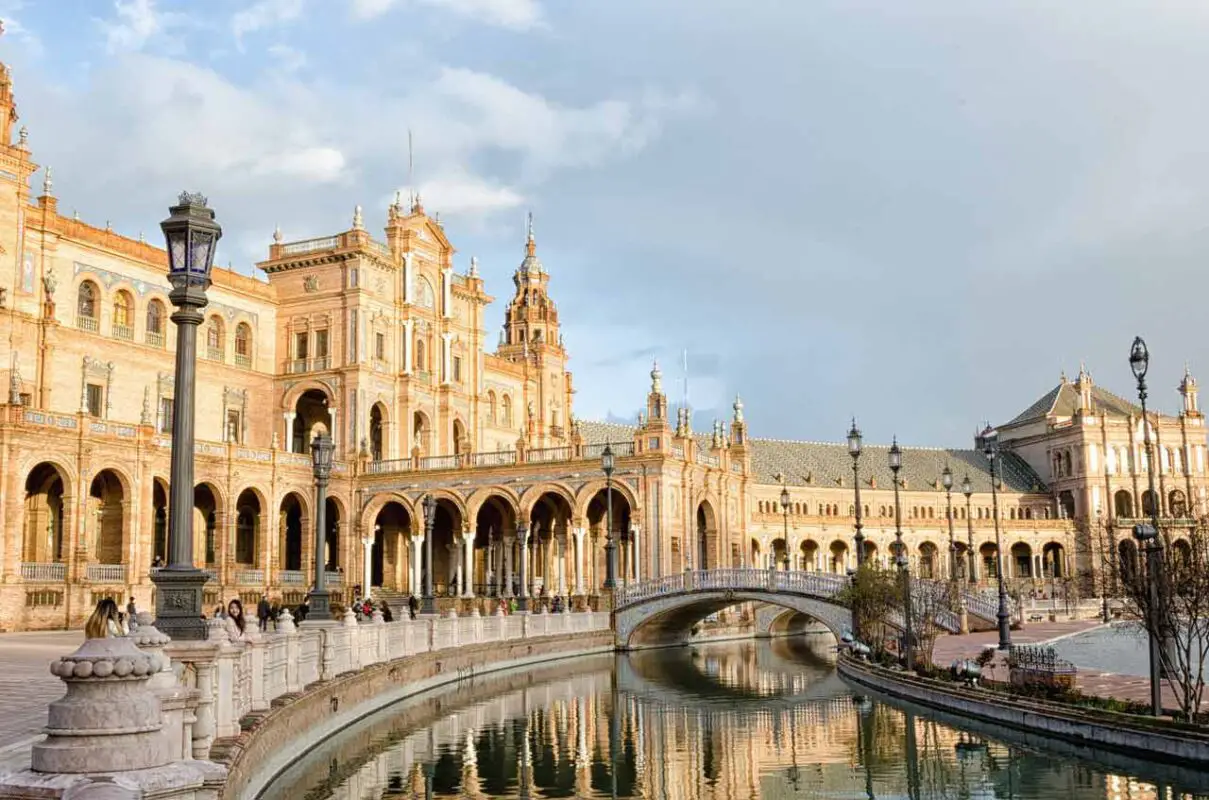If you’re visiting the Andalucian capital and looking to save a few Euros, then you’ll be glad to hear that there’s an abundance of things to do in Seville for free.
Explore the city’s abundant history, watch a flamenco performance, discover outstanding works of art as well as some of the city’s iconic monuments – all without spending a thing.
Here’s our list of the best free things in Seville.
Things to Do in Seville for Free
Wondering what to do in Seville for free? Here are 23 great things to do in the Andalucian capital which won’t cost you a cent. Some of them are always free, others are offered free entry on certain days of the week.
Walk Around Plaza de España

Undoubtedly Seville’s most iconic landmark is the Plaza de España and what’s great about it. It’s totally free to visit. This gigantic semi-circular red-bricked ornate building set in a huge plaza tops the list of one of the top free things to do in Seville.
It was designed and built for the 1929 Expo and features 48 ceramic clad alcoves depicting scenes from each of Spain’s provinces. It features a mix of Baroque, Renaissance and Mudejar architectural styles. There’s even a small moat that follows the semi-circular shape of the building where you can row a boat along.
Join the Free Walking Tour
One of the top free things to do in Seville is to explore the streets on foot! Not only a great way to orientate yourself with the city, but you’ll also learn about some of its histories by joining one of the free walking tours. Many companies are offering this style of tour, and although it’s technically free, they do work on a tip basis.
Tours start at various locations over the city, although a lot will be around the Cathedral. Look out for umbrellas and colourful T-shirts. The best way to find out the times and meeting place on each day is from the Tourist Information centre.
Check Out the Inquisition Museum
If you’re interested in delving into Seville’s past, then head to the Inquisition Museum located inside the Castillo de San Jorge. Today, the remains of it are located under Triana Market, but at the time, it was a riverside medieval fortress, and one of the most feared buildings in the city as it was the headquarters of the notorious Spanish Inquisition.
Today, it’s the home of a museum and open to the public. It’s one of the best free attractions in Seville, for anyone wanting to find out more about the city’s dark history and guides you through the ruins, by a walkway featuring information boards and imagery explaining Spain’s dark past.
Stroll Around Barrio de Santa Cruz

The old Jewish Quarter, known as Barrio de Santa Cruz features a myriad of narrow, cobblestoned, windy streets. This is Seville’s oldest district. You could spend hours getting lost around here, discovering the quaint little squares, small taverns and boutique shops.
Navigate your way to the incredibly romantic looking yellow and white house on the corner of Plaza Alfaro. This was apparently where Shakespeare got his inspiration for the balcony scene in his book Romeo and Juliet.
Relax at Parque de María Luisa
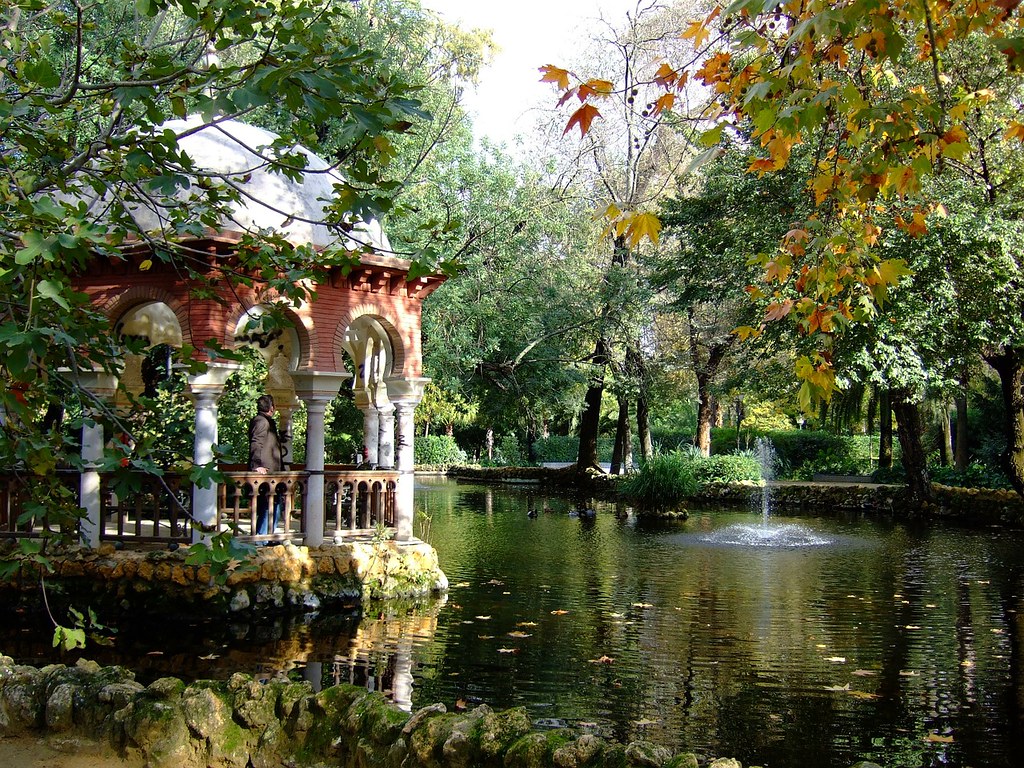
Seville’s most beautiful green space, Parque de Maria Luisa is a popular attraction for both tourists and local Spanish families. Whatsmore, it’s free to enter. The gardens are filled with gazebos, ponds and statues, it was built as part of the Ibero-American Expo in 1929.
A walk around the park is one of the top things to do for free in Seville, especially if you’re looking to escape the harsh heat of the summer sun. The cooling sound of the fountains twinned with the rustle of the palm trees provides a welcome break from the balmy temperatures. All year round you’ll find colourful flowers and equally colourful (and noisy) parakeets.
Inside the park, you’ll also find beautiful buildings, lots of them are home to museums including the Museum of Arts and Traditions of Seville.
Explore the Triana Neighborhood

Located across the river from the main city, you’ll find the much more residential neighbourhood of Triana. It’s a colourful hub of locals going about their daily lives, with a much more understated feel to it compared to the grandeur of the Old Historical centre, that shouldn’t miss from your Seville itinerary.
If you’ve noticed anything about the buildings in Seville, it’s that they are decorated with colourful tiles and ceramics. Triana is the home of this, and has a long history of pottery and tile making – there’s even a museum dedicated to it here.
Triana is also the district where flamenco dance is said to have originated from. As you walk around the barrio, you’ll be able to hear the stamping of feet and the intricate rhythms of the flamenco guitar coming from the windows of the local dance schools.
Climb the Metropol Parasol

Love it or hate it, the slightly out of place looking Metropol Parasol (popularly known as Las Setas or The Mushroom) sits proudly in La Encarnación square.
It was designed by German architect, Jürgen Mayer, after winning a competition from Seville City Council to renovate the square. It was completed in 2011, transforming the area from a run-down car park to a buzzing hive of activity. The structure is predominantly made of wood and features a lattice-like formation. At night, the landmark is lit up, with a colour changing light display.
You can go up the Metropol Parasol and walk around the walkway, which meanders like a snake offering some great panoramic views over the city. There is a fee to go up to the walkway, however, viewing it from the plaza is totally free.
Explore the Real Alcazar
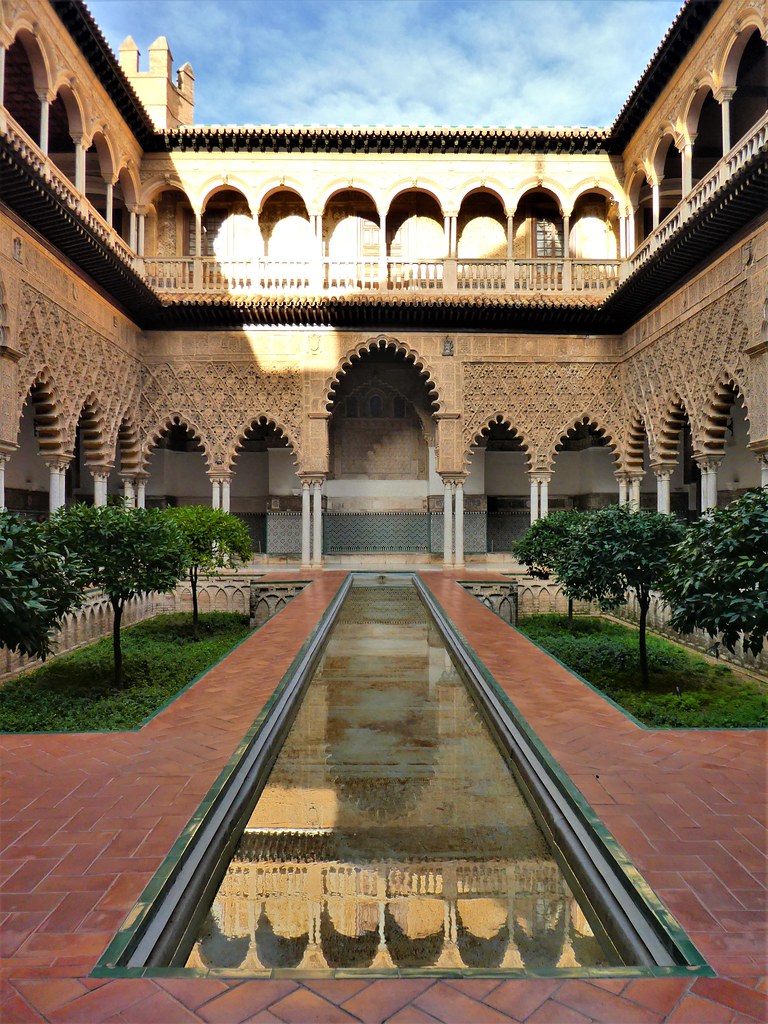
Believe it or not, you can visit one of Seville’s most visited attractions for free IF you time it right. The Real Alcazar is the oldest royal palace, which is still in use in Europe, and today remains a royal residence for when Spain’s royal family visit Seville.
The building dates as far back as the tenth century, with subsequent kings adding to the construction. King Pedro I of Castile played an important role in what we see today, by ordering the construction of the Mudéjar palace.
Normally, there is an entrance fee to visit the Alcazar, however, if you book a ticket for a Monday afternoon, there is no charge making this one of the best free things to do in Seville. Be sure to book this in advance via the official Royal Alcazar website, as tickets are limited and they do frequently ‘sell’ out.
Discover Archivo de Indias

Situated in the heart of the historical centre, is the Archivo de Indias. Initially, it was built as a merchant’s exchange, during the voyages to the New Worlds and trading of gold and other riches.
It was built in 1572 and today it houses the documented evidence about the Spanish Empire and is filled from floor to ceiling with records, maps, and artefacts from its inauguration up to the end of the 1800s.
Explore the Food Markets
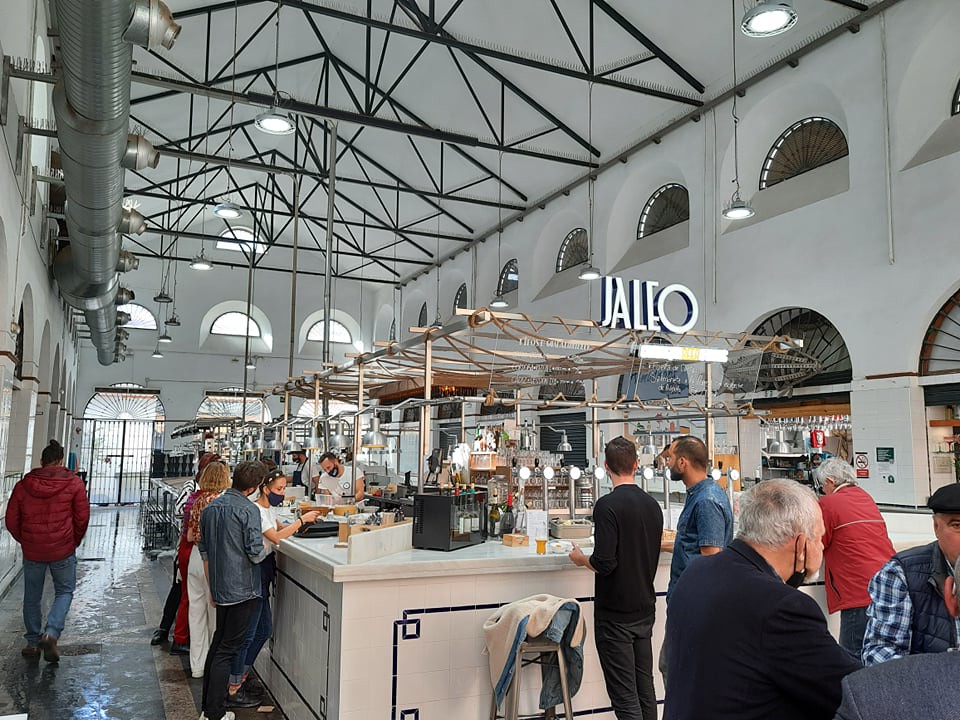
Seville has an abundance of food markets, at least one in each district! However, two of the biggest and best ones are the Triana market and Lonja de Feria.
Both of them have stalls selling fresh produce including fruit, vegetable, meat and fish as well as cheese and olives. They both also have stalls where you can purchase tapas and other local Sevillian dishes to eat there and then.
If you’re a foodie, then certainly allocate some time to explore the markets. Often the stalls will have samples of their products to try before you buy and if you do want to try a full dish, then a tapa can be picked up for just a couple of Euros.
Visit Palacio de Dueñas

This is another of Seville’s beautiful buildings that are free if you know when to visit. The stunning building features a mix of styles, including Gothic-Mudéjar to the Renaissance, containing examples and details with typically Sevillano tiles and courtyards.
Rooms are lavishly decorated and still contain many family heirlooms. Over 1,425 artefacts are listed here including artworks, furniture and antiques.
To get free entry to Palacio de Dueñas you will need to be at the museum on non-holiday Mondays from 2 pm. It’s first come first serve, and they let approximately 50 people in. Be here early to be sure of getting a ticket.
Experience Casa de Pilatos

Another one of Seville’s beautiful buildings that offer free entry is Casa de Pilatos. It features a grand courtyard with rooms coming off. Each room with wooden latticed windows and columns adorning the alcoves.
The was the residence of the Dukes of Medinaceli and Alcalá, and the building reflects opulence and grandeur. You can visit for free if you’re an EU citizen on Monday between 3-6 pm, where a maximum of 100 people can gain entry with no charge. You will need to bring your passport or ID.
Explore the Italica Ruins
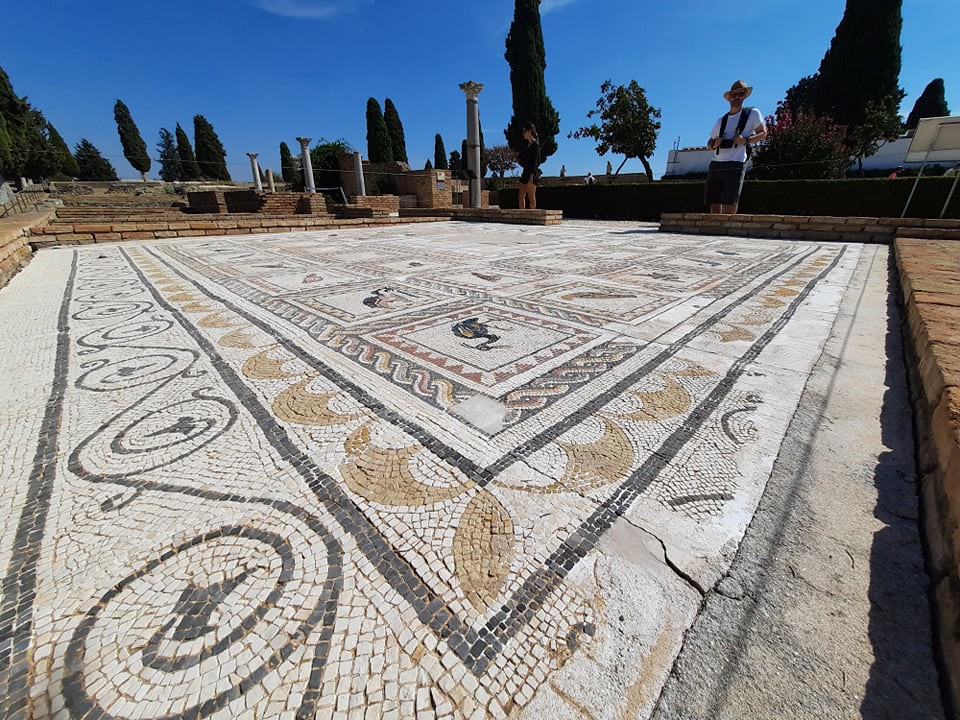
Located just outside of Seville in the town of Santiponce, the Roman Ruins of Italica is an easy bus journey away.
The ruins feature a large Roman amphitheatre as well as the remains of the surrounding town. You’ll find stunning mosaics here, which have been restored. The site dates back to the years 117 and 138 and at the time was an important Roman city.
The ruins are free to visit. To get to Stantiponsce, there take either the 170A or 170B buses from Plaza de Armas bus station in Seville. The journey takes approximately 35 minutes, there is a bus stop just outside of Italica Ruins.
Climb Torre del Oro
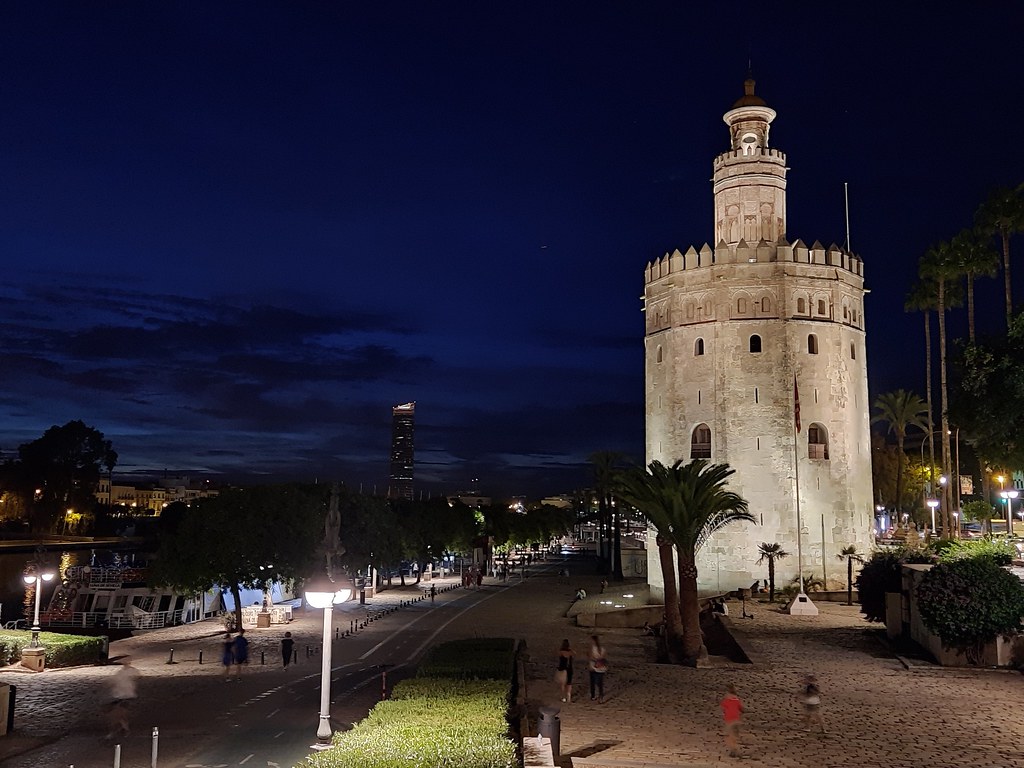
Once making up the part of the city wall, the riverside Moorish tower known as the Gold Tower, or the Torre del Oro dates back to the thirteenth century. Today it’s a Naval Museum and houses documents and history of Seville’s nautical past. You can climb to the top for a great panoramic view of the Guadalquivir river, across to Traina and on the other side, the Old City.
This is another of Seville’s attractions that have a free entry day. Usually, you have to pay to get in, however, visit on a Monday and admission is free.
Visit Palacio Condesa de Lebrija
center>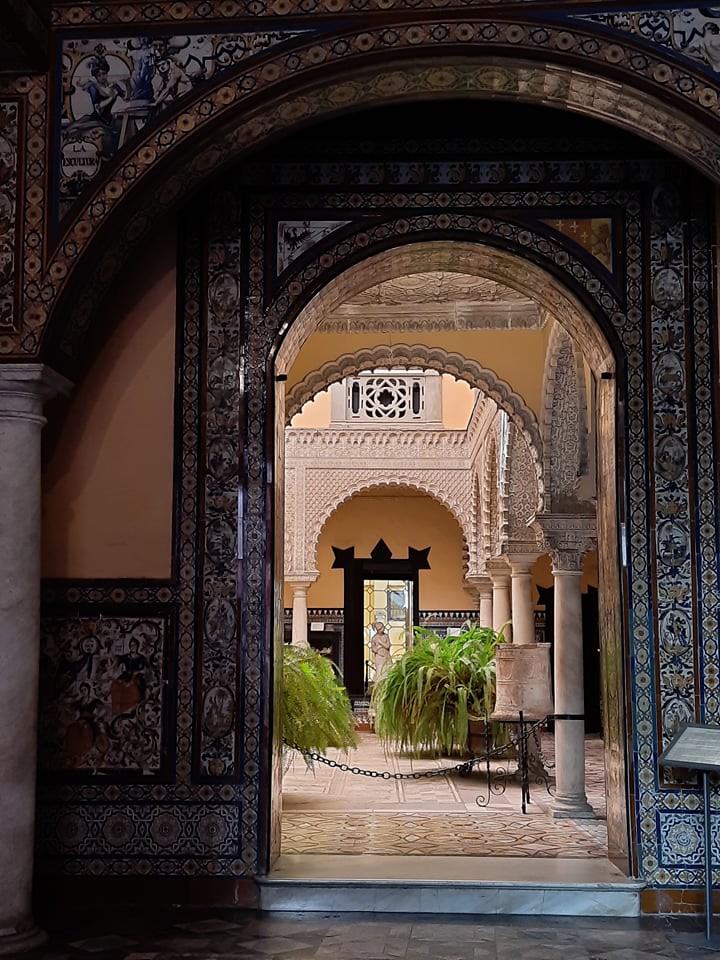
Another example of Seville’s stunning houses, the Palacio Condesa de Lebrija is home to stunning mosaics and archaeological remains which came from the Roman Ruins of Italica (which is another free place to visit in Seville) mansion. Usually, you have to pay to enter but arrive on a Friday at 10 am, and you can visit it for free.
Visit Palacio de los Marqueses de la Algaba
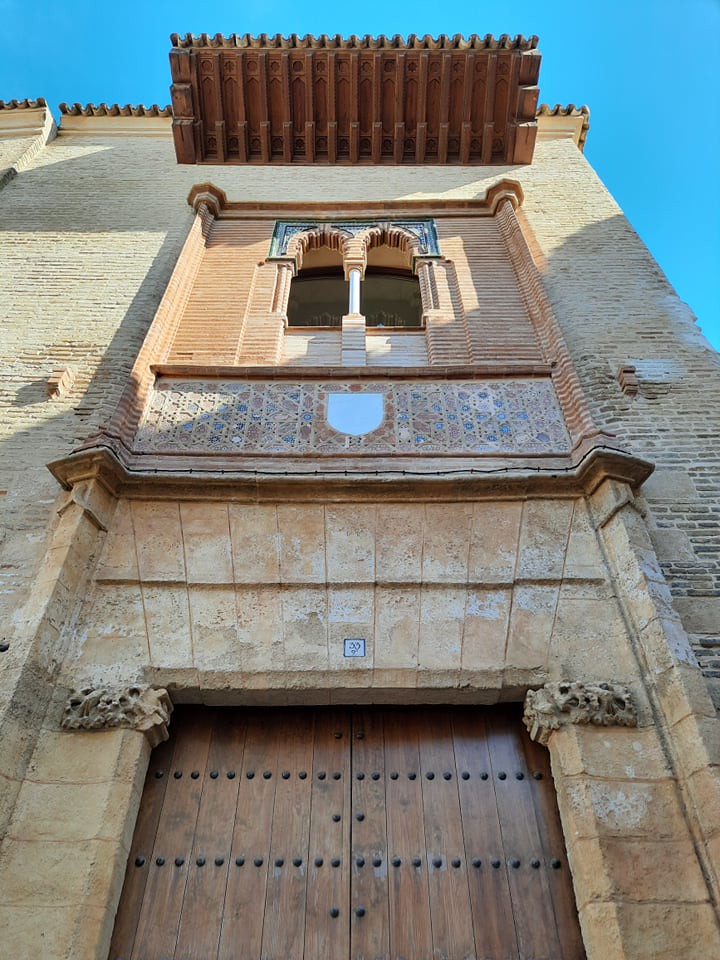
A stunning 15th-century palace built in the renaissance style with a Gothic-Mudéjar facade, the Palacio de Los Marqueses houses the Mudéjar Interpretation Centre. Here you can find beautiful pieces representing this style from Seville’s churches and convents with information explaining this decorative style of architecture.
Walk Along the Guadalquivir River
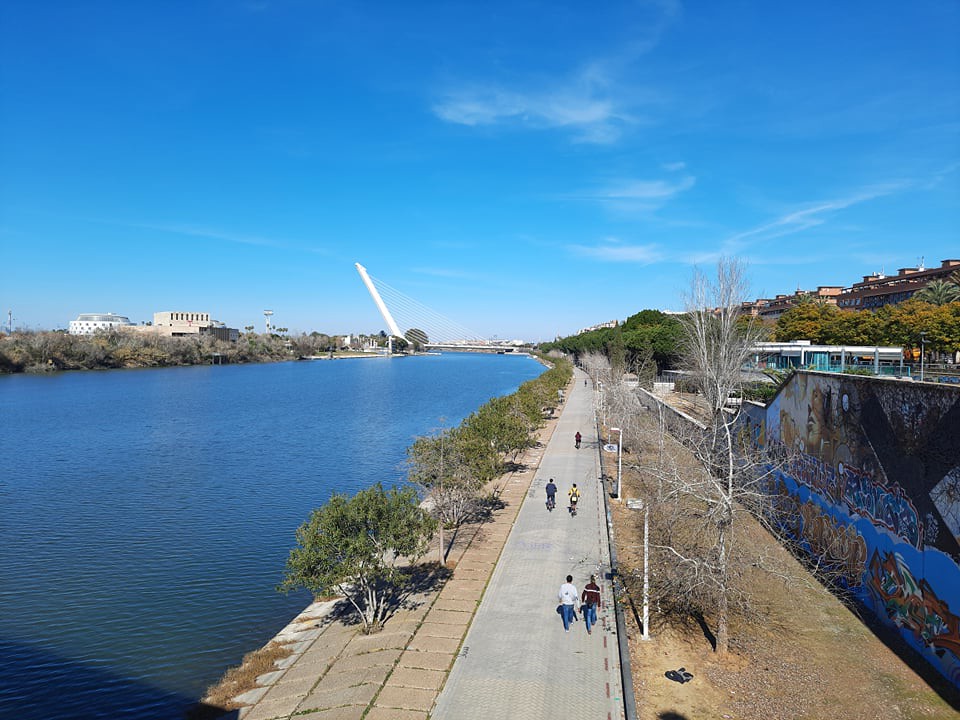
Seville is blessed with kilometres of car-free footpaths, which makes it a great city for both cycling and walking. One of the most popular routes is by following the path along the Guadalquivir River. If you’re based in the centre, then you can start at the route near Torre del Oro. If you’re wanting to walk along the route then go all the way up to Parque del Alamillo, and walk back along the opposite side of the river (this is the quieter side of the river). If you walk back on this route, you’ll also pass the abandoned relics from the 1992 Sevilla Expo, and see a giant spaceship and satellite dish!
Go Inside the Iglesia Colegial del Divino Salvador

The second most important church in Seville, after the Cathedral. Originally, this was the site of a Roman Forum, and then a mosque that dates back to the 9th century, it was rebuilt in the Andalusian Baroque style in the seventeenth century.
Although there is normally an entrance fee to get in, if you bought a ticket for Seville Cathedral, you can visit the Iglesia Colegial del Divino for free on the same day by showing your Cathedral ticket at the entrance booth.
Visit Museo de Bellas Artes

This is the city’s most important museum for fine art and sculpture. After the Prado museum in Madrid, this is considered to be the nations second most important fine art collection.
It’s located in a former convent, today the 14 rooms house paintings dating from the 15th century up to the present day and include works by Murillo, Valdés, Leal and Zurbará. The rooms are dispersed by tranquil courtyards. Entrance is free to EU citizens.
Lean More at Centro Andaluz de Arte Contemporáneo
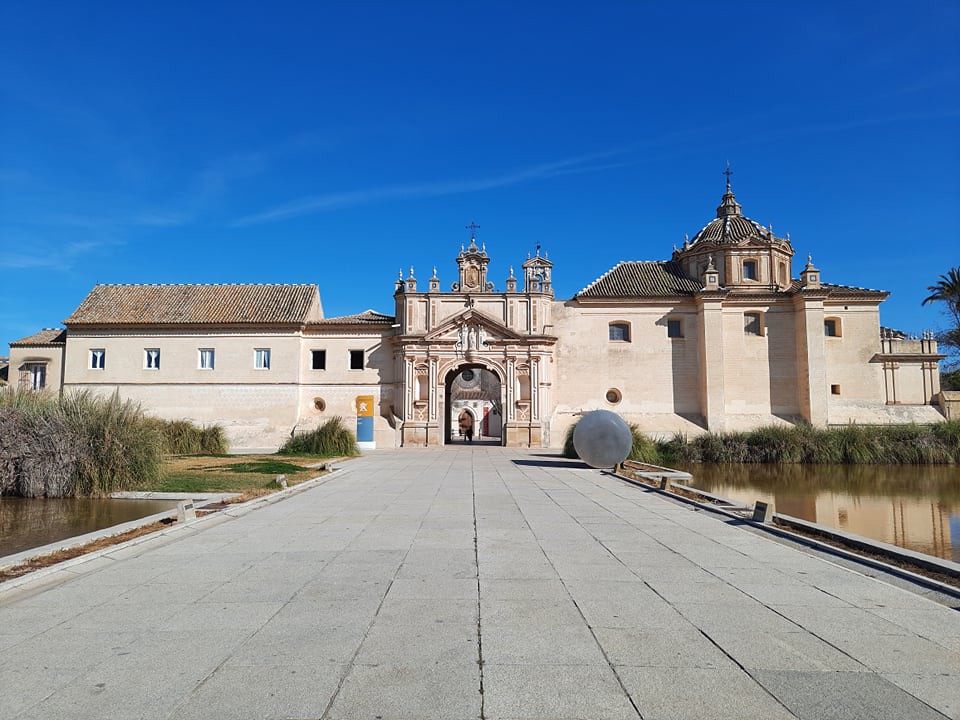
Keeping with the theme of art, the contemporary art museum is another great free attraction in Seville. It’s situated in a 14th-century monastery called La Cartuja, which for about 30 years was the resting place for Christopher Columbus. In the early 1800’s it was which was then converted into a ceramic factory. Aside from the interesting history and building, you’ll find a collection of modern artwork. Entrance is free to the museum on Tuesdays to Fridays between 19:00 – 21:00h and on Saturdays between 11:00 – 21:00h.
Visit the Museo de Arte y Costumbres
The Museum of Art and Traditions is situated in Maria Luisa Park, so if you’re visiting the park, then this is certainly worth popping into.
This ethnographic museum contains some of the best collections of traditional textiles, ceramics and artefacts and teaches about the life and culture of the region of Andalucia. Entry is free for EU citizens.
Explore the Museo Militar
This small museum located in Plaza de España, next to the Puerta de Aragón, is the Regions Military Museum. It contains artefacts from Seville’s military history. The entrance is free.
Visit Basílica de la Macarena
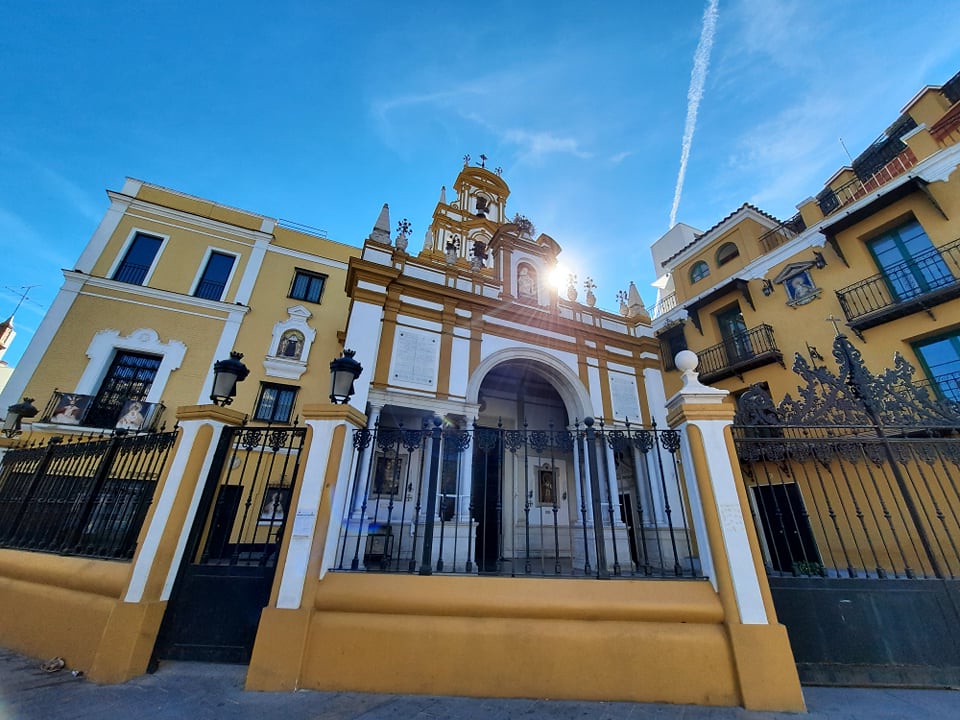
You’d be hard pushed to miss the bright yellow arch situated next to the Macarena Basilica. It’s located to the north of the city walls. The outside of the Basilica is comparatively modest, step inside and it’s a totally different story. The intricate artwork and ornate styling decorate every surface. There is a museum attached to the Basilica which costs a small fee to enter, however, to just see the Basilica, it’s free.
Final Notes on the Free Things to Do in Seville
This list covers the all-year-round attractions for free in Seville, however, in addition to these, there are numerous free festivals and seasonal events taking place all year round, particularly around Christmas, Easter and of course the famed Feria de Abril (a regional festival which happens just after Easter). To find out what free events are happening when you visit, go to the Tourist Information Centre to get the most up to date details.
For more articles about Sevilla, check out the following:
- How to spend Easter in Sevilla
- What to do in Sevilla in winter
- How to travel from Sevilla Airport to the city centre
Liked it? Pin it!
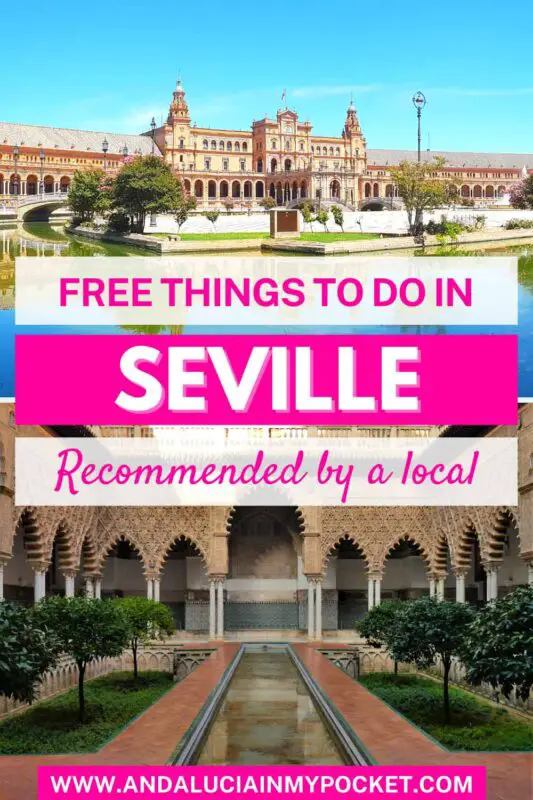
Disclaimer: Some of the links on this website are “affiliate links.” This means that if you click on the link and do a purchase, I will receive an affiliate commission at no extra cost to you. This helps me keep my website running and continue to share my travelling knowledge with you. I thank you for booking your flights or hotels using the links on my website. Regardless, I only recommend products or services I use personally and believe will add value to my readers.

